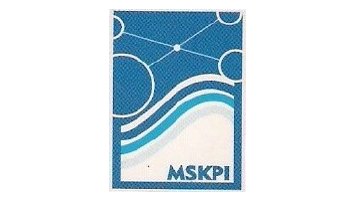KONDISI OSEANOGRAFI DAN KESESUAIAN LOKASI BUDIDAYA LOBSTER DI PERAIRAN TELUK PIDADA, LAMPUNG
Abstract
Oceanographic conditions and site selection are important factors in the success and sustainability of lobster culture using a floating net cage system. One of the obstacles to lobster cultivation is that there are no specific criteria yet regarding the suitability criteria for the aquaculture locations. This research aims to determine the requirements and appropriate locations for lobster aquaculture around Pidada Bay. The basic criteria used were the suitability of oceanographic conditions and seawater quality for the construction of floating net cages and the natural habitat of lobsters. Spatial analysis methods used a geographic information system, based on a weighted system to assess the suitability of oceanographic conditions for aquaculture, including transparency, turbidity, TSS, chlorophyll-a, dissolved oxygen, nitrate, phosphate, ammonia, pH, total organic matter, and salinity. The results showed that 9 of 15 criteria were classified as very suitable for lobster cultivation. The area suitability analysis study showed that 78.8% of the waters, or 2.890,8 ha, were categorized as suitable areas; only 21.2%, or 755.2 ha, are classified as suitable, and no unsuitable category was found in the waters of Pidada Bay. The majority of the bay area is suitable for lobster cultivation, some areas located quite far from land are unsuitable for cultivation activities due to high levels of nutrients runoff.
Copyright (c) 2024 Jurnal Teknologi Perikanan dan Kelautan

This work is licensed under a Creative Commons Attribution-NonCommercial 4.0 International License.




















